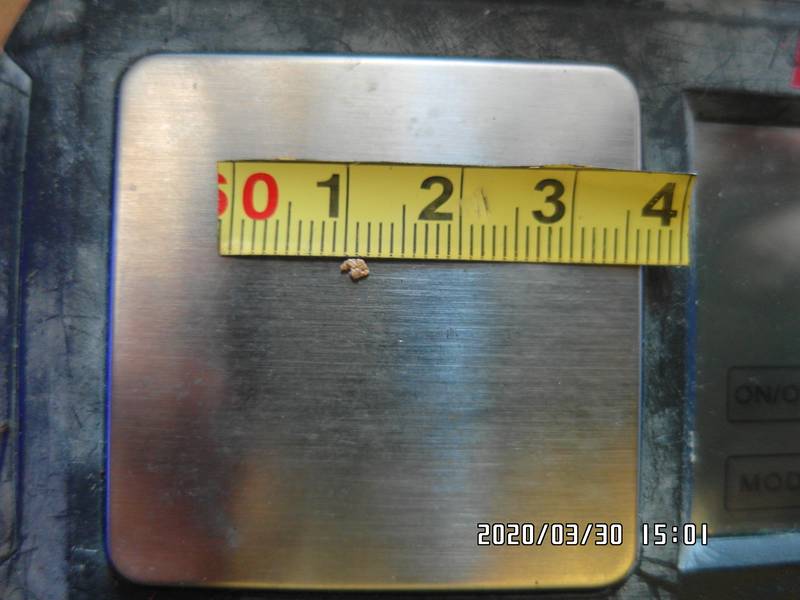2020-03-30, size of the 0.02 grams natural gold nugget on the balance scale
Alluvial Gold (Placer Gold):
Before delving into specifics about a particular piece like your mentioned “size of the 0.15 gram natural gold nugget,” it’s essential to understand what alluvial or placer gold is.
Alluvial, also known as placer, gold refers to small particles and flakes that have been eroded from rocks containing primary (lode) deposits by weathering processes over time. These tiny fragments are then transported downstream through rivers and streams due to the force of moving water. As they travel along riverbeds or settle in floodplains during high-water events, heavier gold settles out first because it is denser than most other materials present.
Placer mining involves extracting these loose pieces from sand gravel deposits often found near current or ancient stream beds where erosion has concentrated them over centuries—sometimes millennia. This type of deposit can be mined using various methods such as panning, sluicing (using water to wash away lighter material), dredging underwater areas with suction devices and even hydraulic mining techniques which use high-pressure jets.
Now that we have a basic understanding let’s focus on your specific example: the 0.15 gram natural gold nugget found in March of this year was carefully weighed using an accurate balance scale to determine its precise mass, providing valuable information for both collectors interested in acquiring unique specimens and researchers studying geological formations where such deposits occur.
